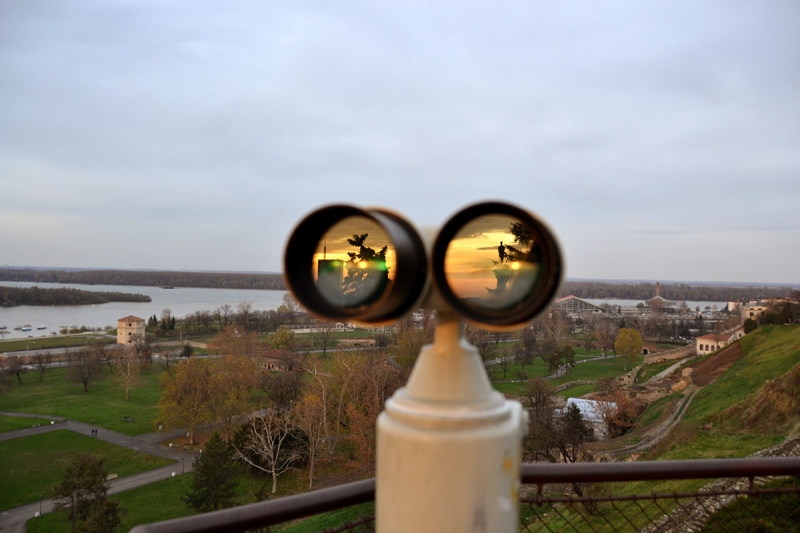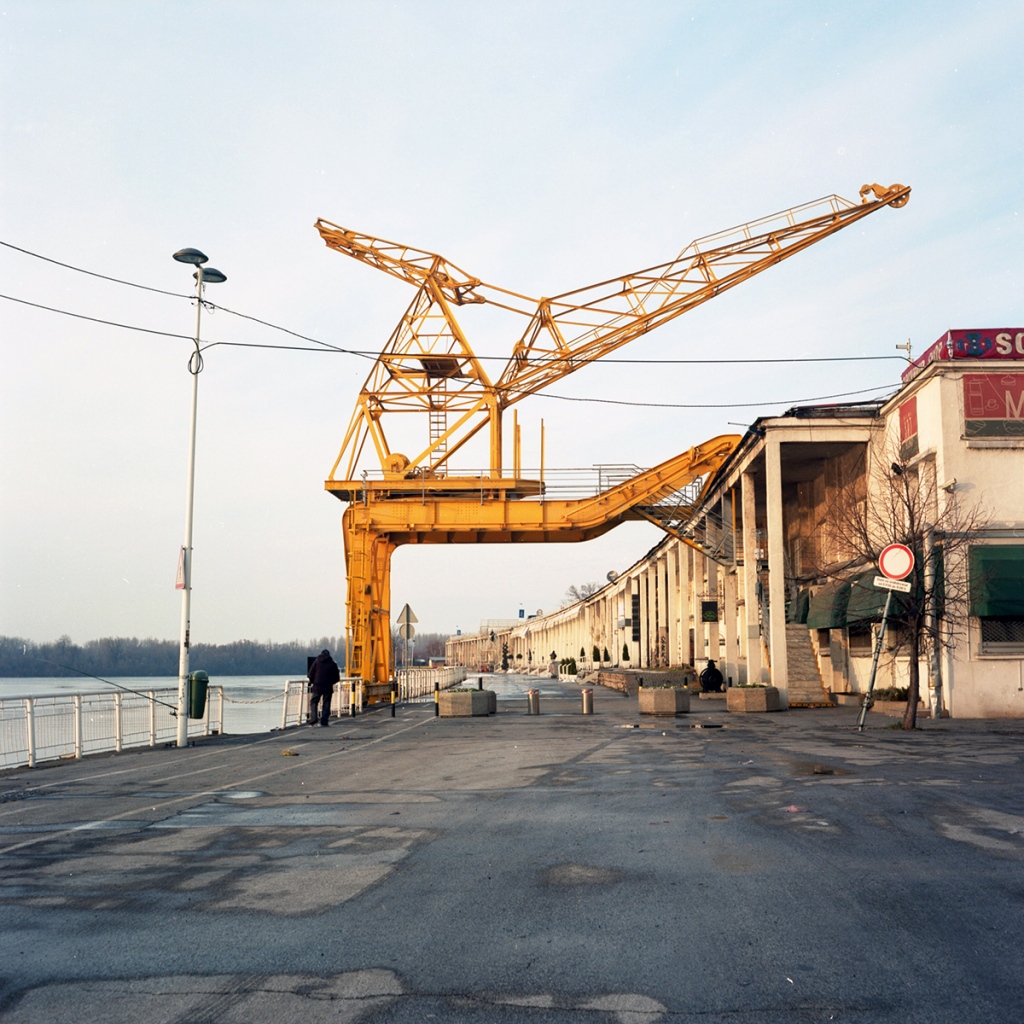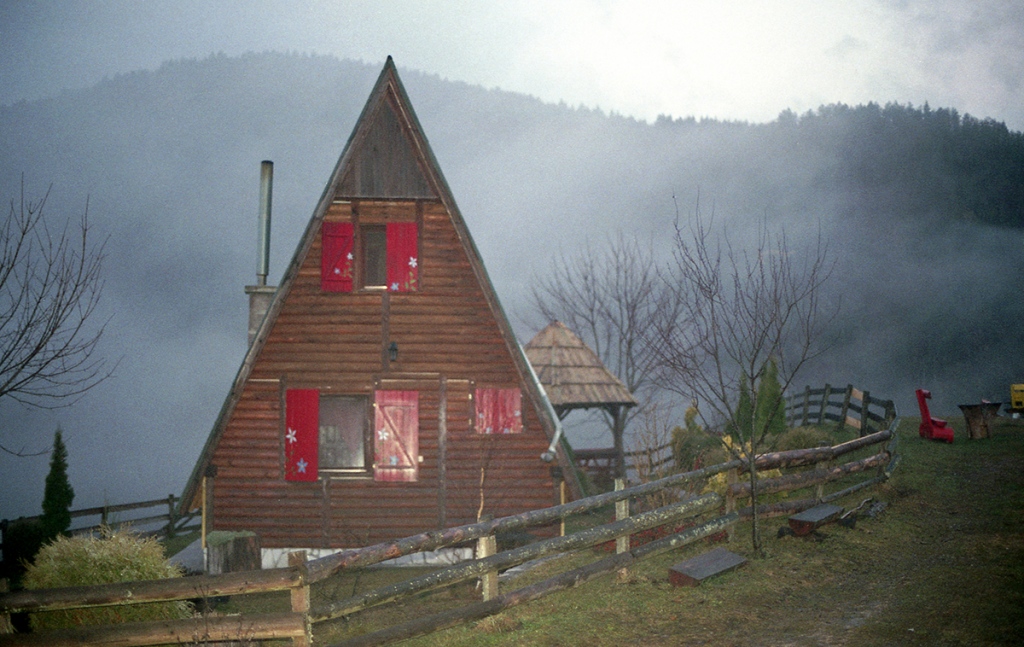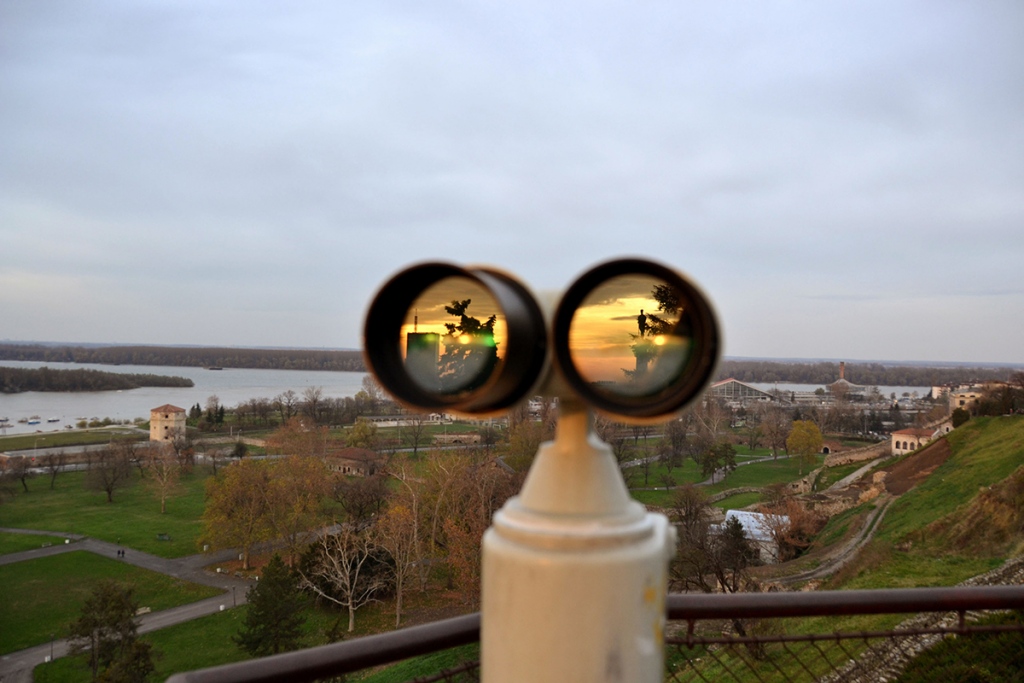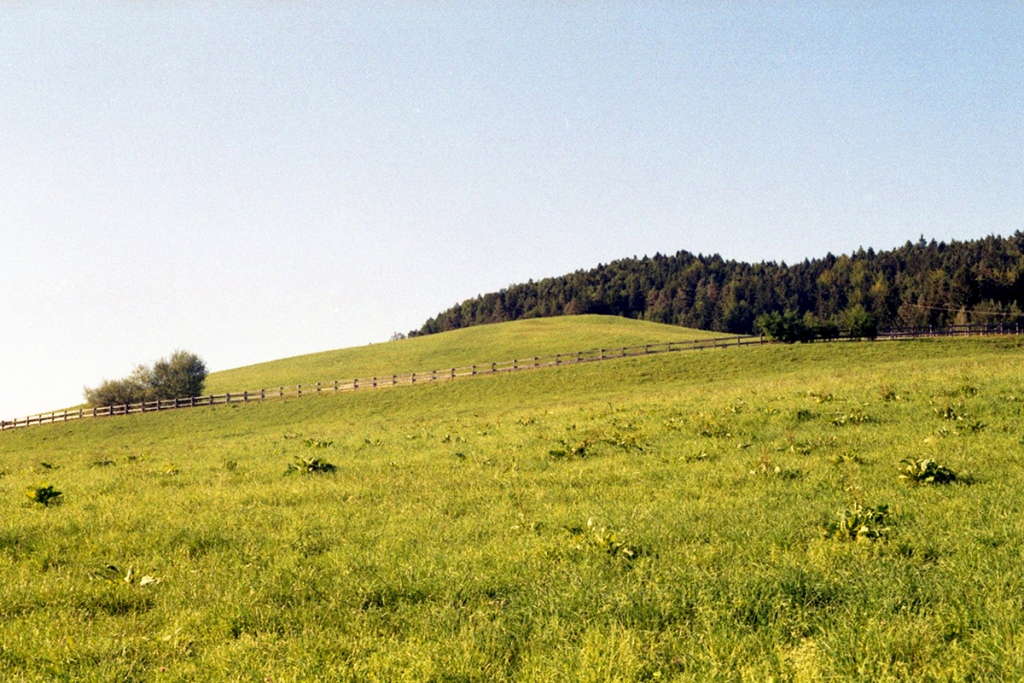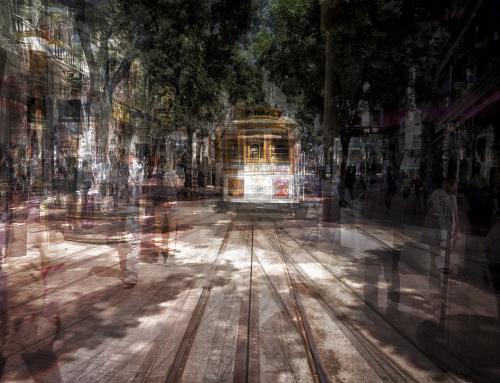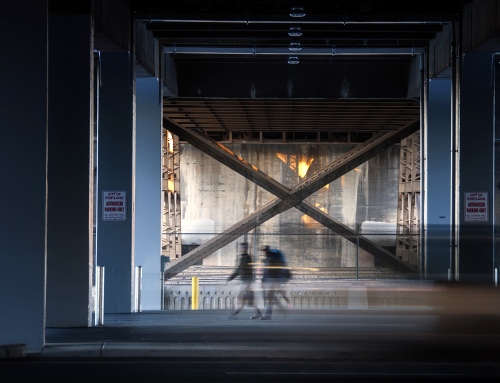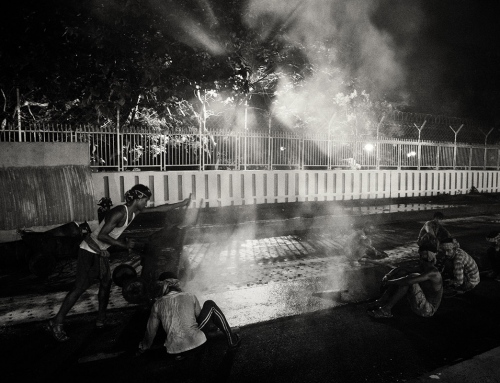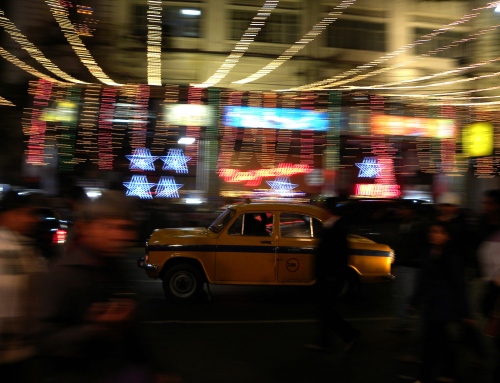“For the images that have virtually unlimited authority in a modern society are mainly photographic images; and the scope of that authority stems from the properties peculiar to images taken by cameras.”
– Susan Sontag
It seems that in the past few years film photography has been making a huge comeback. Despite the constant improvements in digital technology and digital cameras, the younger generations of photographers especially, are choosing film over digital – so here are a few thoughts on why that might be.
A brief history of color photography
The first modern color film, called Kodachrome, was developed by Eastman Kodak and introduced publicly in 1935. Its success wasn’t huge, so in the 1950’s Kodak decided to promote their color film by inviting some of the world’s leading photographers – names like Ansel Adams, Edward Weston and Paul Strand – to try it. They were reluctant, because color photography had been associated with the advertising industry and photojournalism; those were the first branches to truly embrace the new world of color.
In the seventies, however, some American photographers began to work with color. They broke traditions and started a kind of a movement. One of the main figures of this movement was definitely William Eggleston, with his photo book William Eggleston’s Guide, published in 1976.
From film to digital
In the 21st century photography became predominately digital, but some photographers still prefer using traditional methods of picture-making. The first digital cameras were introduced to consumers in the late 1990’s. For professionals, the transition was gradual. Digital cameras that can record high resolution images have just recently become more affordable and widespread. It was only on medium-format or large-format films, that photographers could record values of approximately 400 megapixels and more, so it is understandable why some professionals preferred film photography. But digital cameras are quickly catching up, so the list of cons is getting smaller every day.
The comeback of film photography
Digital photography has made viewing, editing and transferring photographs undeniably easier. Camera phones have made an even greater sociological and cultural impact. Nevertheless, it can be argued that film photography contains an authenticity that digital photography cannot reach. Shooting on film produces a physical object – the negative, the original, the tangible. But digital image storage can be tricky, as hard drives aren’t always reliable. A good photo hosting service can save you a lot of trouble! You can create your own online portfolio on SlickPic for example, store and share your photos anytime or keep them private if you like, that way you don’t have to worry about losing any precious memories!
It has happened before; when the transition from oil painting to photography was being made, or from black and white photography to color photography, artists have had a hard time adapting to new technologies. Older methods seem exclusive, as they demand more attention and care. So in this time of mass consumption and overwhelming visual content, the artist seeks authenticity and individuality. May it be digital photography or film photography, the important part is to keep searching for new ways to express yourself, constantly creating and evolving – and that is the most authentic thing you can do.
